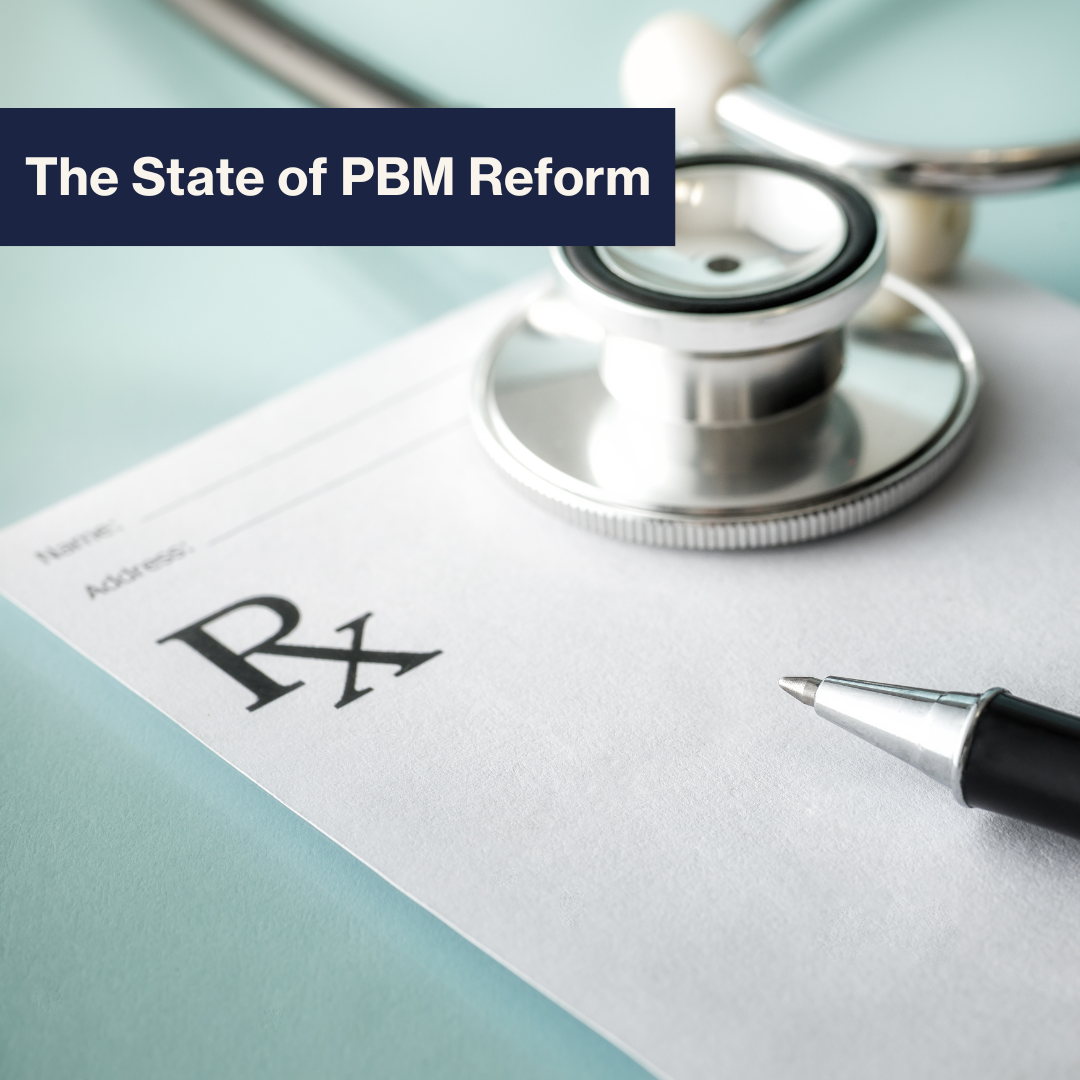On February 26, the House Energy and Commerce Subcommittee on Health took a closer look at the practices of pharmacy benefit managers (PBMs) during a hearing titled “An Examination of How Reining in PBMs Will Drive Competition and Lower Costs for Patients.” These middlemen, hired by health plans, big employers, and government programs, are supposed to help manage prescription drug benefits for their clients. But what started in the 1960s as simple claims processors has become a powerful industry that often drives up costs and limits patient access to affordable medications.

How PBMs Are Driving Up Drug Prices and Limiting Patient Choice
Today, PBMs decide which providers are in their networks, set drug formularies, determine co-pays, and even control prior authorization rules, meaning they have a massive say in what medications patients can access and where they can get them. And they’re making a fortune in the process. PBMs profit at nearly every stage of the supply chain, from drug manufacturers to when patients pick up their prescriptions at the pharmacy or receive an infusion at their provider’s office. They negotiate rebates from drugmakers (sometimes pocketing a portion of the rebate for themselves) in exchange for giving medications a preferable spot on a health plan’s formulary, their list of covered drugs. PBMs also control how much they bill insurance plans for a prescription versus what they reimburse providers for filling it, pocketing the difference, known as the “spread.” PBMs even manage Medicaid and Medicare prescription plans, using the same billing tactics with the government as they do with private insurers.
To make matters worse, PBMs are deeply embedded throughout the healthcare system, thanks to widespread vertical integration. The three largest PBMs, CVS Caremark, Express Scripts, and OptumRx, are owned by major insurance companies and healthcare conglomerates, giving them enormous control over drug pricing, insurance coverage, and even the providers patients are forced to use. These three giants alone process around 80% of all prescription drug claims in the U.S. That kind of market power means they can dictate prices, squeeze out independent pharmacies, and limit patient choice while boosting their own profits.
Bottom line: PBMs are raking in massive profits as middlemen in the pharmaceutical supply chain, creating added costs that ultimately get passed down to other players in the system or, more often, to patients themselves.

PBMs Reform Slips Through Congress’ Fingers
It’s easy to see why PBMs have found themselves in Congress’s crosshairs. Over the past several years, a number of bills have been introduced to rein in PBMs’ harmful practices, but only recently has real momentum for federal reform started to build. Lawmakers came incredibly close to passing meaningful PBM reforms just last year.
In December, Congress passed a last-minute stopgap spending bill to keep the government funded through March 14, narrowly avoiding a shutdown. Initially, the bipartisan package included several key healthcare provisions – most notably, PBM reforms that would have increased transparency and accountability in drug pricing. However, after intense political wrangling, fueled partly by demands from President-elect Donald Trump and tech entrepreneur Elon Musk, those healthcare measures were stripped from the final version. Despite the setback, the fact that PBM reform made it so far in the process signals that change may finally be on the horizon.

Breaking Down the Latest Congressional PBM Hearing
With that context in mind, let’s get back to the hearing. Witnesses providing testimony included Hugh Chancy, pharmacist and owner of Chancy Drugs in southern Georgia; Shawn Gremminger, CEO of the National Alliance of Healthcare Purchaser Coalitions; Anthony Wright, executive director of Families USA; and Dr. Matthew Fiedler, senior fellow at the Brookings Institution. Each of these witnesses had the opportunity to detail their experiences with PBMs and how the practices of these organizations have created accessibility and affordability challenges for patients, employers, and providers.
In a rare occurrence on Capitol Hill these days, we witnessed an incredible show of bipartisanship: lawmakers from both sides of the aisle made it clear that PBM reform is long overdue. Members of the Subcommittee voiced strong concerns that PBM business practices are indeed driving up drug costs and focused their discussion on several key legislative proposals, including banning spread pricing,” requiring PBMs to pass rebates directly to health plans, employers, and/or patients; “delinking,” which involves separating PBM compensation from the list price of a drug in favor of a flat fee; and increasing transparency and oversight.
Unlike many healthcare debates that split along party lines, Republicans and Democrats seem to agree that PBMs have too much power and that reform is necessary to restore fairness to the prescription drug market. However, despite the growing support, the path to passing meaningful PBM reform remains uncertain, largely because Congress is consumed by ongoing budget negotiations, funding the government, and broader partisan battles.
That’s where an alternative strategy might come into play. Some lawmakers floated the idea of advancing PBM reforms via “suspension,” a legislative procedure allowing a quick vote with limited debate on widely supported measures. Another option, recently floated by Senators Ron Wyden (D-OR) and Bernie Sanders (I-VT), is through the “hotlining” process, an informal method of gauging opposition before seeking unanimous consent and calling for a vote. Each path could be a way to separate PBM reform from more contentious bills and push it through without getting caught up in larger political partisanship. Whether either approach gains traction remains to be seen, but they are a sign that lawmakers are serious about moving forward.

So… What’s Next?
While the path to PBM reform remains uncertain, one thing is clear: bipartisan support for change is growing, and pressure from patients, providers, and employers continues to build. Meaningful reform feels closer than ever, but the fight is far from over. As Congress considers its next steps, the Infusion Access Foundation will continue working with federal lawmakers to ensure that the voices of infusion therapy patients are heard and that access to life-saving treatments is always a priority. Want to get involved in infusion advocacy? Tell your members of Congress to prioritize PBM reform by sending a letter here!








